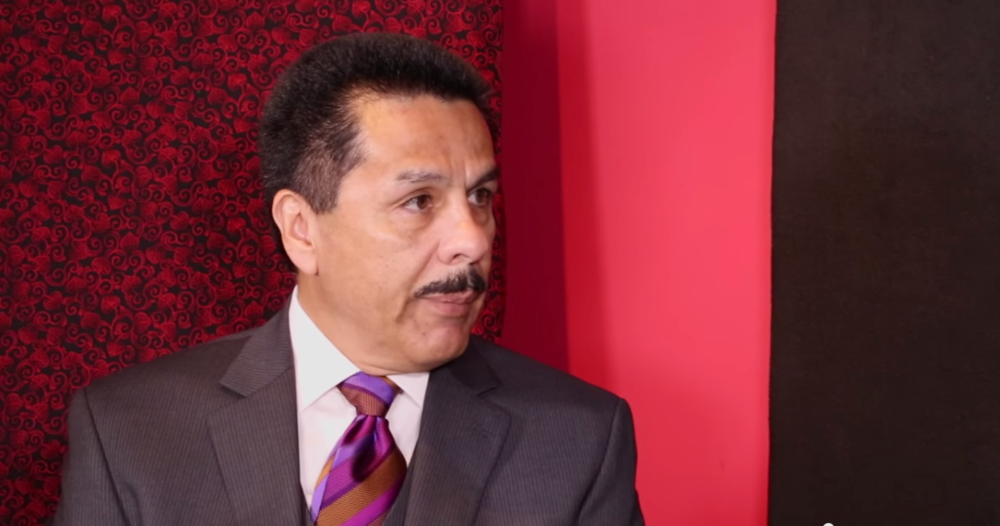District's proposal for new middle school draws scrutiny from council
The school district’s plan to build a new middle school on the outskirts of town was met with some hesitancy at this week’s council study session.
Rochester Public Schools has proposed purchasing 146 acres of land, known as the Hart Farm property, just outside the southwest quadrant of the city.
The plan is for the site to be converted into a campus that would not only accommodate a middle school — an immediate concern for the district — but also a future high school, and potentially another elementary school.
The district has entered into a purchase agreement with the property owner that is contingent on a referendum passing on November 5.
On Monday, however, members of the Rochester City Council raised concerns about the lack of public infrastructure that currently exists around the site. The city estimates that upgrades to streets and utilities would cost around $14 million. The county expects an additional $8-10 million would be needed to fund improvements outside of city limits.
“If you choose to go to this site, understand that the city doesn’t have the resources to build out the infrastructure we’re talking about — the transportation, the sewer, water,” said Councilor Mark Bilderback.
Kevin Holm, of LHB, an architectural consulting firm hired by the district, told the council that their presentation should not be interpreted as a request for funds. In most cases, Holm said, it falls on the district — not the municipality — to pay for the necessary infrastructure improvements.
The city is now working on a traffic study to determine what type of public works projects would be needed to support the school’s build-out. The district had planned for some upgrades when considering the site, said Holm, though not at the level that has been estimated thus far.
“If the traffic report says that the level of expectations are what was described today, and it’s going to be $20 million, that that’s not a cost-effective analysis,” said Holm.
The need
There was no dispute at Monday’s meeting regarding the need for a new middle school. In just the past five years, enrollment in the district has increased by more than 1,000 students. As a result, middle schools have reached 99 percent capacity. Elementary schools are at 98 percent capacity. (The referendum on November’s ballot also includes building a new elementary school on existing land in the northwest part of the city.)
In considering a new site, Holm said they looked at 15-20 options before narrowing the list down to a handful of locations. The Hart Farm property, he said, stood out, in part, because of its geographic location.
“Both John Adams and Willow Creek are going to be extremely over capacity, and if we’re going to try and help those two buildings, we’re going to need to put a building in a location that will satisfy and take students from both those locations,” said Holm.
While there are some neighborhoods in close proximity to the site, the area around the Hart Farm property is still largely underdeveloped. However, in choosing a location, Holm noted the importance of not just planning for this year — but also for 65-70 years down the road.
“To the district, this is the best site in the world, because you have neighborhoods there already, you have land that is affordable, you have land that’s flat, and you have land that is directly off of collectors, and you know that housing will eventually be built around you,” he said.
‘In a tough spot’
For Council Member Nick Campion, one key takeaway from Monday’s discussion was the need for better collaborative planning.
“It is really painful when, basically, the referendum is set, it feels like we are pretty set on a site, and then we get here to talk about the strategic impacts of everything we’re doing… and I’m really in a tough spot now,” he said.
Campion raised concerns about whether the district’s proposal meets the criteria outlined in the city’s comprehensive plan, a document that aims to guide Rochester’s growth through 2040. The plan, he said, specifically calls on the city to prioritize sites that do not need new utilities.
“We keep building more and more infrastructure, and people keeping turning to us and saying, ‘we can’t afford this anymore,’” said Campion.
Campion and others also noted that the costs of the project go beyond the upfront capital expenses. Once the streets and sidewalks are built, there would still be costs to maintain the infrastructure, not to mention the additional strains that would be put on police, fire, and other services.
Asked by council members whether other sites are still being considered, Holm said: “We’re still open to looking at other options. We just haven’t found an option that will work for this type of campus approach.”
While there was no clear direction that came away from Monday’s meeting, Council President Randy Staver said he appreciated the district’s “future thinking” and emphasized the need for continued partnership.
“I think going forward, even if this remains the site of choice, or any other site for that matter, there would be some infrastructure costs and we’ll have to work together to figure out how we address that reality,” said Staver.
November’s referendum will include two questions. The first, at a cost of $171.4 million, would include the new middle and elementary schools, along with safety upgrades to all schools. The second, at $9.4 million, deals with pools. You can learn more about the referendum on the district’s site.
Sean Baker is a Rochester journalist and the founder of Med City Beat.
Cover: Stock image / Canva








